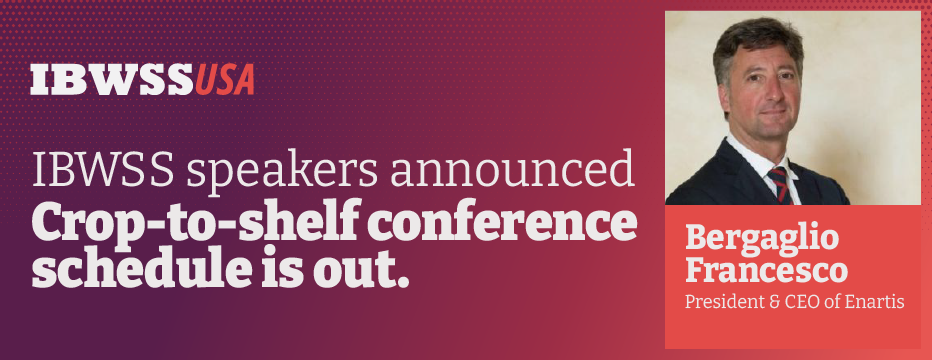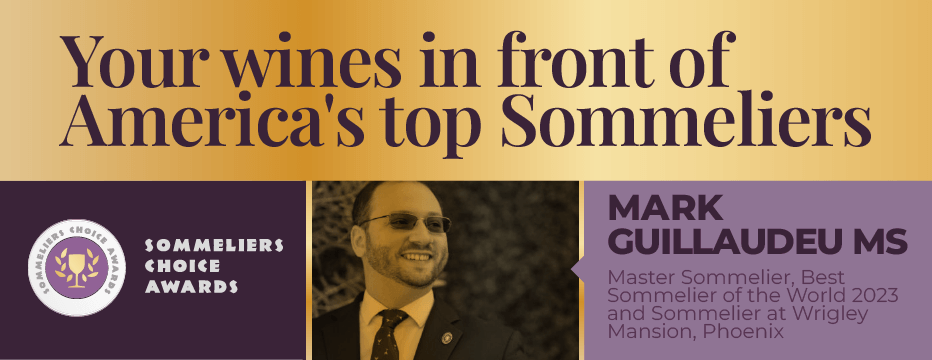Sommeliers Choice Awards 2023 Winners
Uncorked: the city gateways to France's wine regions
The cities of Dijon, Avignon, Tours and Reims are perfect bases from which to sample the rich variety of French wines, and there are art and architecture to soak up along the way

Wherever there’s wine, there are stories to be told – and as the capital of the Burgundy wine region, the city of Dijon has more stories than most. The Owl’s Tour interactive app is one way to uncover its secrets – it’s a complete self-guided tour of the historic city, telling stories about locations as you pass them.
Dijon is rightly known for its gastronomy, celebrated for its mustard, snails, and cassis (blackcurrant liqueur), whose historic center remains charmingly half-timbered. Between the 11th and the 15th century, the city was the capital of the duchy of Burgundy and the dukes’ wealth turned it into one of Europe’s major centers for painting, sculpture and the fine arts. Head to Dijon’s central Place de la Libération to get a feel for the power the dukes once enjoyed: their monumental palace still dominates the square, and its east wing now houses the city’s impressive Musée des Beaux Arts.
Wine lovers should take a quick tour south of the city, where the 44-bus route has acquired almost mythical status among travelers. The stops on the 90-minute ride from Dijon to Beaune read like an oenophile’s dream: Gevrey-Chambertin; Nuits-Saint-Georges; Aloxe-Corton and Beaune itself. Time your bus trip to coincide with some tastings before returning to Dijon in 25 minutes by train (or taxi). Alternatively, the tourist office in Dijon offers a huge variety of vineyard visits, tours, and tastings, including bicycle tours.
If you stay on the road south to Avignon, you’ll have the opportunity to sample the famous Côtes du Rhône in its natural habitat. But don’t turn your nose up at the lesser-known wines of Provence, such as the readily available Côtes de Provence or Côteaux d’Aix rosés, or the deep red Var. Avignon itself is stunning. Seven popes in exile made their home here in the 14th century, and the city remained the property of the church until the 18th century. To this day, the city centre is dominated by the Popes’ Palace, whose Chapelle St-Jean contains 14th-century frescoes by Matteo Giovanetti.
But the balmy south does not have a monopoly on great wines and picture-perfect historic buildings. To the north-west, the Loire Valley is arguably France’s most varied wine region, since it tracks the Loire river as it flows west through five distinct regions – Centre-Loire; Touraine; Saumur; Anjou; and Pays Nantais – each of which has myriad appellations.
Read more at source: The Guardian









